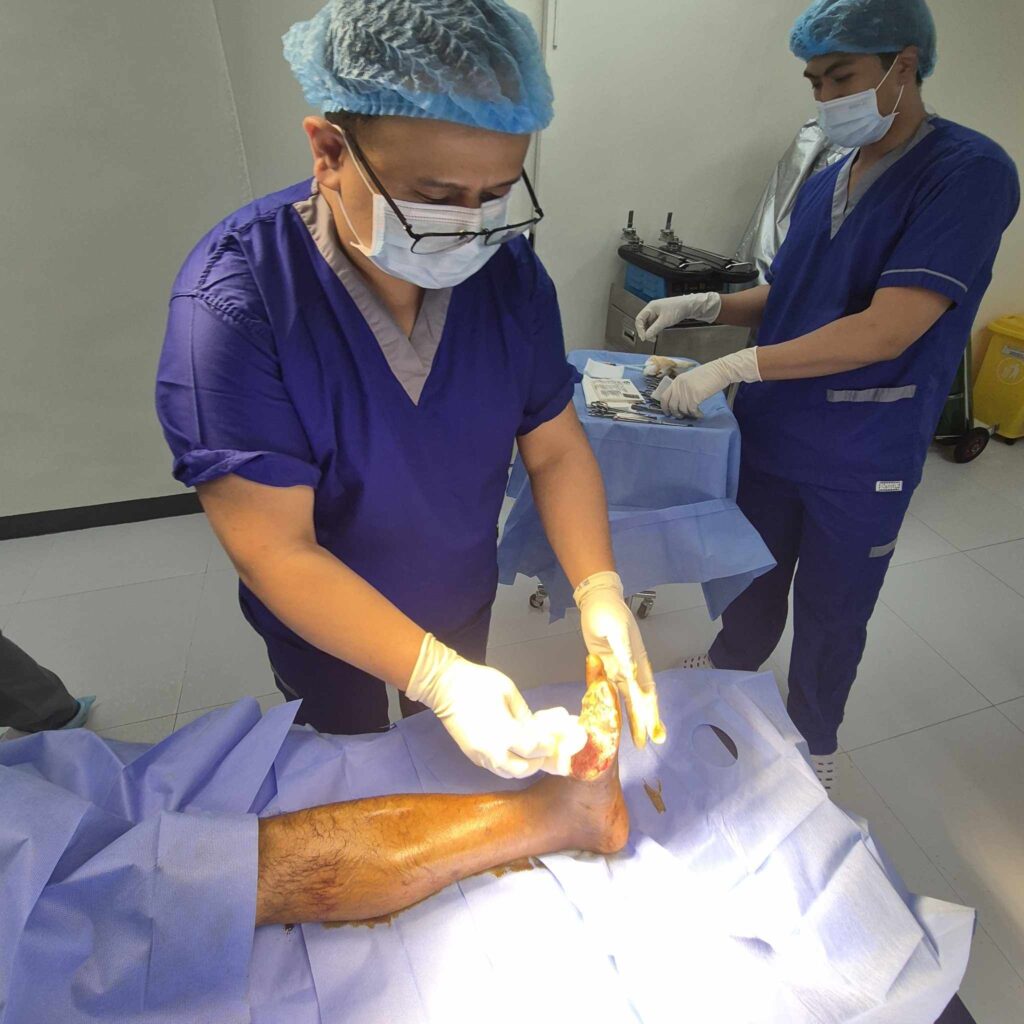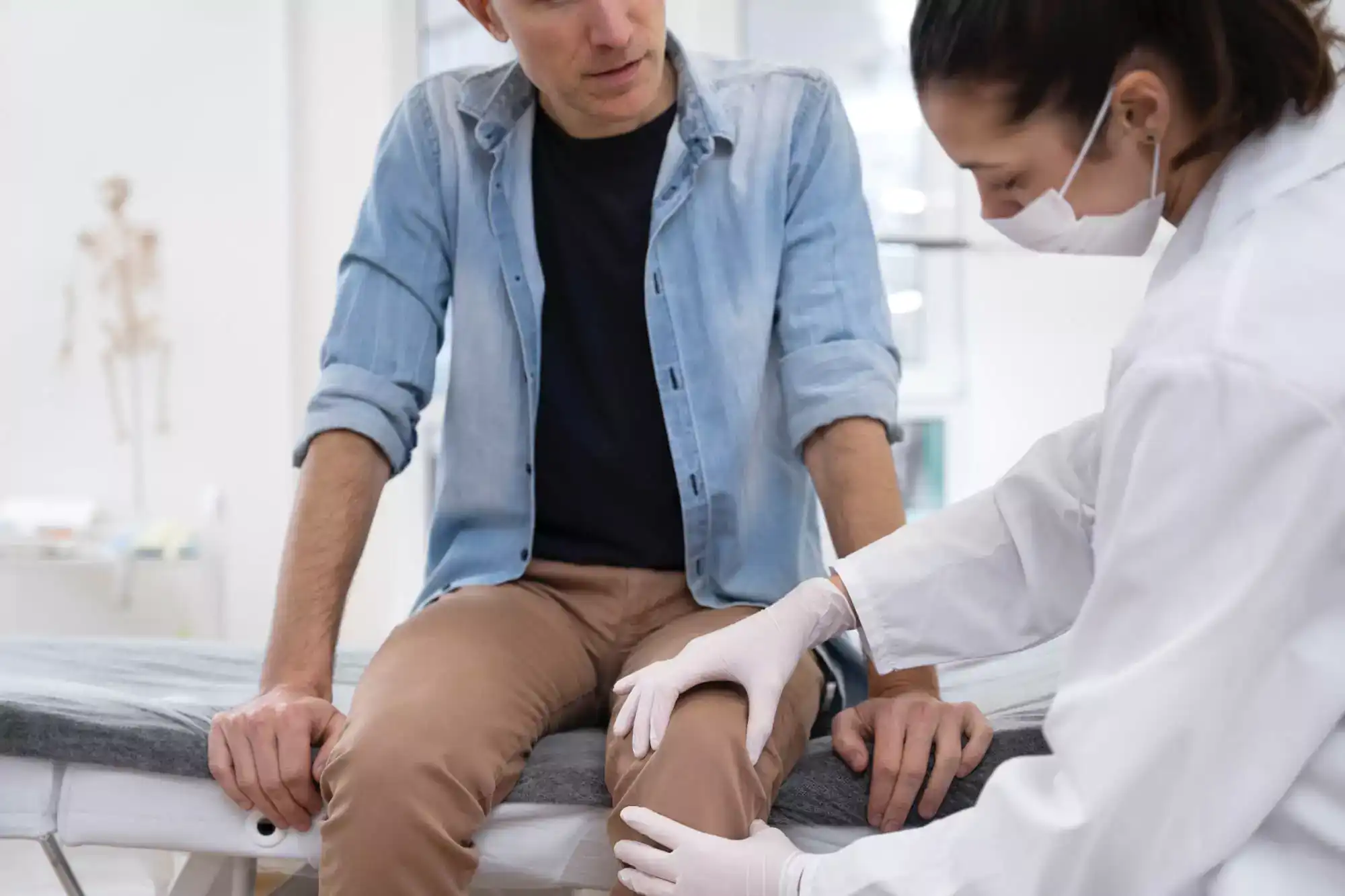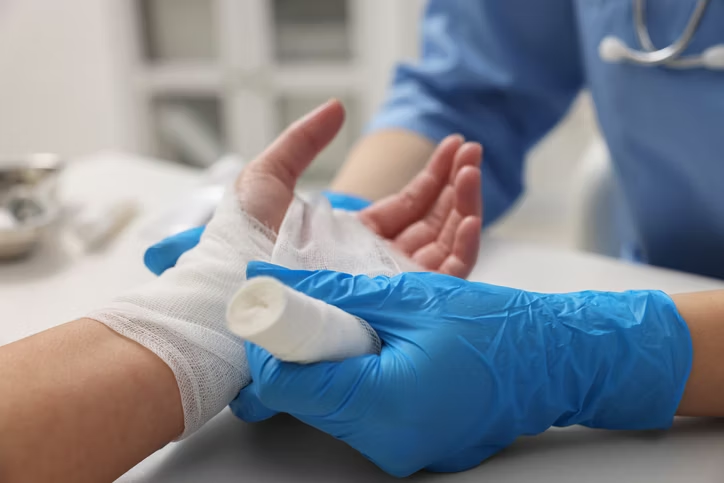What Is a Wound Doctor and When Should You See One?
A wound doctor, also known as a wound care specialist, is a medical professional who focuses on diagnosing, treating, and managing wounds that do not heal through standard care. While minor wounds can usually be handled at home or by a general practitioner, certain injuries require the attention of someone with advanced expertise. These wounds often involve deeper tissue damage, poor circulation, infection, or underlying health conditions like diabetes. A wound doctor is trained to understand the complex physiology of healing and how to support it with targeted interventions. Their involvement becomes especially critical when wounds persist for more than a few weeks, show signs of infection, or keep recurring. Rather than providing a one-size-fits-all solution, they tailor medical approaches based on the type, location, and severity of the wound. Choosing to consult a wound doctor can significantly improve healing time, reduce complications, and restore overall function and comfort.
The Types of Wounds a Wound Doctor Treats
Wound doctors treat a wide range of injuries, but they specialize in managing those that fall into the chronic or complex category. Chronic wounds, such as diabetic foot ulcers or pressure sores, typically persist beyond four weeks and resist normal healing. Acute wounds, including surgical incisions or traumatic cuts, can also require specialized care if they become infected or don’t heal properly. Wound care specialists also manage venous ulcers, arterial ulcers, burns, and radiation injuries. These types of wounds demand more than simple dressings—they require a strategic medical approach. Patients with mobility issues, compromised immune systems, or circulation problems are at increased risk of slow-healing wounds. A wound doctor evaluates each case carefully to determine the right mix of treatment techniques. Their expertise ensures that every layer of injury, from the skin to the underlying tissue, is addressed appropriately.
How a Wound Doctor Approaches Healing
When treating a wound, a wound doctor starts by assessing the overall health of the patient, not just the appearance of the wound itself. They often begin with a full review of medical history, lifestyle, medications, and any conditions that could impair healing, such as diabetes or vascular disease. Diagnostic tools such as imaging, cultures, and blood flow studies help them better understand the wound’s characteristics and the body’s response. From there, the doctor creates a personalized care plan that includes cleaning, debridement, advanced dressing selection, and infection prevention. Unlike standard treatment, wound doctors incorporate both medical science and patient education into their process. They often collaborate with nutritionists, endocrinologists, and physical therapists to support comprehensive healing. This approach maximizes the body’s ability to repair itself while minimizing risks of recurrence or infection.
Modern Treatments Used by Wound Doctors
Wound doctors use an array of advanced therapies designed to accelerate healing and reduce complications. One of the most common tools is the use of modern, moisture-balancing dressings that help the wound stay clean and hydrated while preventing infection. Negative pressure wound therapy, also known as vacuum-assisted closure, uses suction to remove fluids and promote blood flow. For deeper or non-healing wounds, skin grafts or bioengineered tissue may be applied to stimulate repair. Hyperbaric oxygen therapy is another powerful option—this treatment increases oxygen concentration in the blood, which helps cells regenerate more efficiently. Antibiotics and topical antimicrobials are prescribed when infection is present or likely. Wound doctors stay up-to-date with emerging treatments to offer patients the latest evidence-based care. These advanced methods can mean the difference between prolonged suffering and timely recovery.
The Role of Patient Education in Wound Care
Wound care isn’t limited to what happens at the clinic—patients play a crucial role in the healing process. A wound doctor ensures that every patient understands how to care for their wound at home. This includes how to properly clean and dress the wound, avoid reinjury, and monitor for signs of infection. Lifestyle adjustments like quitting smoking, managing blood sugar, and improving nutrition are emphasized. Patients are also taught how to reduce pressure on certain areas of the body, which is vital for avoiding pressure ulcers. Education empowers individuals to take control of their healing journey with confidence. The more informed the patient, the better the outcomes. A good wound doctor doesn’t just treat the injury—they build a partnership with the patient to support long-term wellness.
How to Find the Right Wound Doctor
Finding the right wound doctor starts with checking credentials and experience. Board certification in wound management or a related specialty like surgery or internal medicine is essential. Ask about their specific experience treating the type of wound you’re dealing with. A strong candidate will have access to a variety of diagnostic tools and advanced therapies, either through a hospital or a dedicated wound care clinic. It’s also important to find a specialist who communicates clearly, explains procedures, and listens to patient concerns. Referrals from your primary care provider or a specialist may point you in the right direction. Online reviews and hospital ratings can offer insight into a doctor’s reputation. The right wound doctor will treat both the injury and the person behind it—with professionalism, empathy, and a commitment to healing.
Risks of Ignoring or Improperly Managing Wounds
Untreated or poorly managed wounds can escalate into serious health issues. What begins as a small sore or cut can lead to deep infections, cellulitis, or even sepsis if not addressed properly. Diabetic patients, in particular, are at risk for foot ulcers that can lead to amputation when neglected. Chronic wounds also affect mental and emotional well-being, limiting mobility and social interaction. Relying on home remedies or delaying treatment often results in longer healing times and higher medical costs. Even minor wounds that show no improvement after a few days deserve medical attention. A wound doctor can prevent small problems from turning into life-threatening complications. Proper wound care is not just about healing—it’s about preserving quality of life and preventing long-term damage.
Wound Doctors in Hospitals vs. Outpatient Clinics
Wound doctors work in both hospital settings and outpatient wound care centers, each offering unique benefits. In hospitals, wound doctors often treat patients with acute injuries, post-surgical wounds, or wounds complicated by serious illness. These environments are equipped for intensive monitoring and emergency support. Outpatient clinics, on the other hand, offer a more focused and consistent approach to chronic wounds. These centers are often staffed with multidisciplinary teams that provide ongoing wound care, physical therapy, and education. For patients who require long-term management, outpatient clinics offer the convenience of scheduled visits and personalized follow-up. Whether seen in a hospital or clinic, the wound doctor ensures continuity of care that adapts to the changing needs of each patient. Knowing which setting is right depends on the wound type, urgency, and overall health of the patient.
Frequently Asked Questions About Wound Doctors
1. Is a wound doctor the same as a dermatologist?
No. A dermatologist specializes in skin disorders such as acne, eczema, or psoriasis. A wound doctor focuses on the treatment and management of acute and chronic wounds, especially those that resist standard healing methods.
2. How often should I see a wound doctor for a chronic wound?
Most patients with chronic wounds see their wound doctor once a week or more, depending on the severity and treatment plan. Regular follow-ups help track progress and make timely adjustments.
3. Will I need surgery if my wound won’t heal?
Not always. Wound doctors typically explore non-surgical treatments first, including advanced dressings and therapies. Surgery is considered when other options have been exhausted or when tissue damage is extensive.
4. Are wound care treatments covered by insurance?
Many wound care services are covered by insurance, especially when deemed medically necessary. This includes treatments such as debridement, dressings, and sometimes hyperbaric oxygen therapy. It’s important to check with your provider.
5. What should I bring to my first wound care appointment?
Bring a list of your medications, a summary of your medical history, previous wound treatments (if any), and any imaging or lab results. Wear clothing that allows easy access to the wound site for examination.






